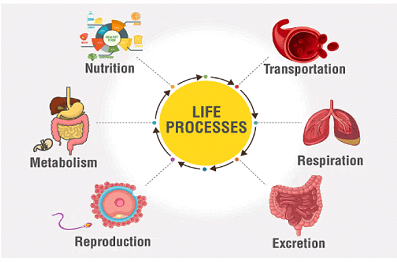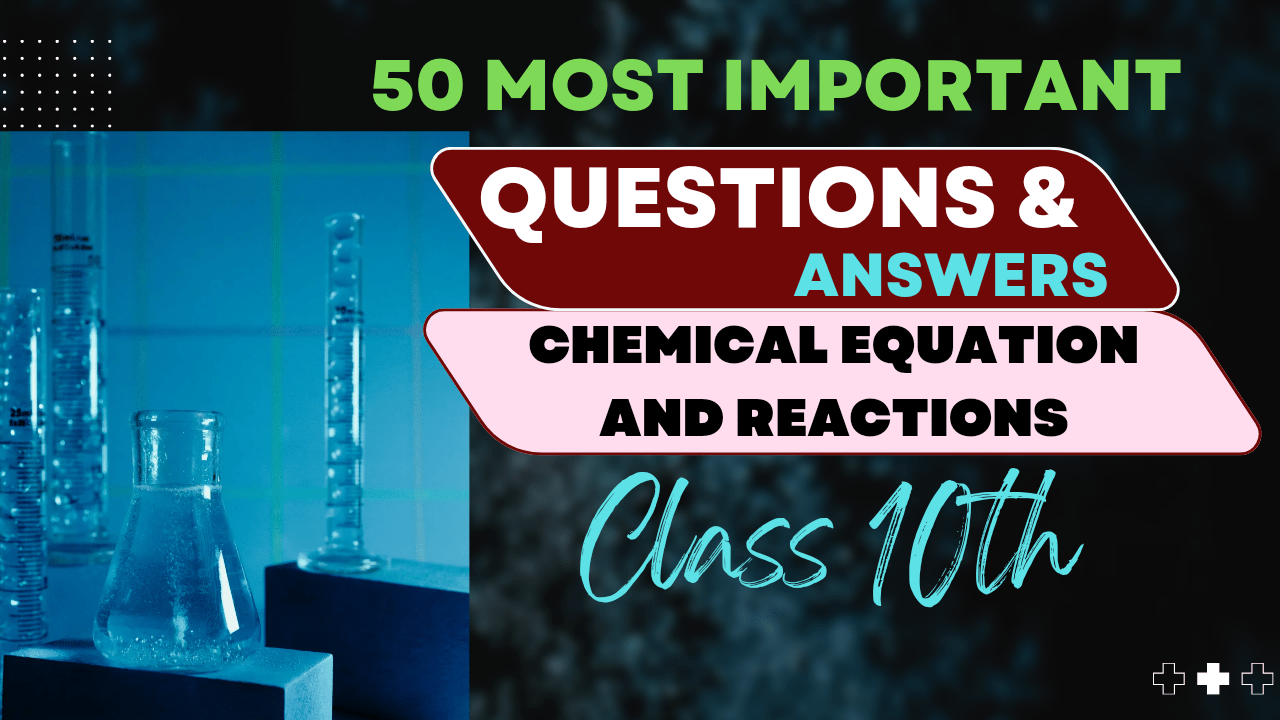What is decomposition reaction class 10
Breaking Down Compounds into Simpler Substances
What are Decomposition Reactions?
A decomposition reaction is a chemical process where a single compound breaks down into two or more simpler products. These reactions are the opposite of combination or synthesis reactions.
The general form of a decomposition reaction can be represented as:
AB → A + B
Where AB is a compound that breaks down into simpler substances A and B.
Types of Decomposition Reactions
Decomposition reactions can be classified based on the energy or catalyst that drives the reaction:
Thermal Decomposition
Heat energy is used to break the bonds in the compound.
Electrolytic Decomposition
Electrical energy is used to drive the decomposition process.
Photochemical Decomposition
Light energy triggers the breakdown of compounds.
Thermal Decomposition Reactions
Thermal decomposition reactions require heat energy to break the bonds within compounds. Here are some important examples:
Example 1: Decomposition of Calcium Carbonate
CaCO3 →Δ→ CaO + CO2
When calcium carbonate (limestone) is heated strongly, it decomposes to form calcium oxide (quicklime) and carbon dioxide gas. This reaction is the basis of lime production and is crucial in the cement industry.
Note: The symbol Δ above the arrow indicates heat is required for the reaction.
Example 2: Decomposition of Metal Carbonates
The thermal stability of metal carbonates increases down the group in the periodic table. The general equation is:
MCO3 →Δ→ MO + CO2
Where M represents a metal. For example:
- MgCO3 →Δ→ MgO + CO2
- ZnCO3 →Δ→ ZnO + CO2
- PbCO3 →Δ→ PbO + CO2
Example 3: Decomposition of Metal Hydroxides
M(OH)x →Δ→ MOx/2 + H2O
The thermal stability of metal hydroxides also increases down the group in the periodic table. Examples include:
- 2Cu(OH)2 →Δ→ 2CuO + 2H2O
- 2Fe(OH)3 →Δ→ Fe2O3 + 3H2O
- 2Al(OH)3 →Δ→ Al2O3 + 3H2O
Electrolytic Decomposition Reactions
Electrolytic decomposition reactions use electrical energy to break compounds into their constituent elements.
Example 1: Electrolysis of Water
2H2O →electricity→ 2H2 + O2
When an electric current is passed through water (containing a small amount of electrolyte like H2SO4 or NaOH), it decomposes into hydrogen gas and oxygen gas. Hydrogen is produced at the cathode (negative electrode) and oxygen at the anode (positive electrode).
Note: The volume ratio of H2 to O2 produced is 2:1, which confirms the formula of water as H2O.
Example 2: Electrolysis of Molten Sodium Chloride
2NaCl →electricity→ 2Na + Cl2
When an electric current is passed through molten sodium chloride, it decomposes to produce sodium metal at the cathode and chlorine gas at the anode. This process is important for the industrial production of sodium and chlorine.
Photochemical Decomposition Reactions
Photochemical decomposition reactions use light energy to break down compounds.
Example 1: Photodecomposition of Silver Halides
2AgBr →light→ 2Ag + Br2
Silver bromide decomposes when exposed to light, forming silver metal and bromine. This reaction is the basis of traditional photography, where silver halides in photographic film decompose upon exposure to light, creating a latent image that is later developed.
Example 2: Photosynthesis
6CO2 + 6H2O →sunlight→ C6H12O6 + 6O2
In photosynthesis, plants use sunlight energy to convert carbon dioxide and water into glucose and oxygen. While this is not a simple decomposition reaction, it involves the photochemical breakdown of water molecules as part of the process.
Example 3: Decomposition of Hydrogen Peroxide in Light
2H2O2 →light→ 2H2O + O2
Hydrogen peroxide decomposes more rapidly when exposed to light, forming water and oxygen gas. This is why hydrogen peroxide is stored in dark, opaque bottles.
Other Important Decomposition Reactions
Decomposition of Metal Nitrates
Metal nitrates decompose on heating to give various products depending on the position of the metal in the reactivity series:
- Alkali metal nitrates (Na, K) decompose to form nitrites and oxygen:
2NaNO3 →Δ→ 2NaNO2 + O2
- Most other metal nitrates decompose to form the metal oxide, nitrogen dioxide, and oxygen:
2Cu(NO3)2 →Δ→ 2CuO + 4NO2 + O2
Decomposition of Hydrogen Peroxide (Catalytic)
2H2O2 →MnO2→ 2H2O + O2
Hydrogen peroxide decomposes to water and oxygen gas. This reaction is catalyzed by manganese dioxide, which speeds up the rate of decomposition without being consumed in the reaction.
Note: This reaction is commonly used in laboratories to prepare small amounts of oxygen gas. The rapid evolution of oxygen creates bubbles, which is why this reaction is often used to demonstrate catalysis.
Applications of Decomposition Reactions
Decomposition reactions have numerous applications in industry, laboratory settings, and everyday life:
Industrial Applications
- Production of quicklime (CaO) for cement manufacturing
- Extraction of metals from their ores
- Production of hydrogen and oxygen through electrolysis
- Manufacturing of sodium hydroxide and chlorine through electrolysis of brine
Laboratory Applications
- Preparation of oxygen gas (H2O2 decomposition)
- Analysis of compounds through thermal decomposition
- Testing the reactivity of metals based on thermal stability of their compounds
- Traditional photography (silver halide decomposition)
Exam Tips for Decomposition Reactions
Recognizing Decomposition Reactions
- A single reactant breaks down into multiple products
- Usually requires energy input (heat, electricity, light)
- Often involves the release of a gas (CO2, O2, H2, etc.)
Important Patterns to Remember
| Compound Type | General Reaction | Products |
|---|---|---|
| Metal carbonates | MCO3 → MO + CO2 | Metal oxide + Carbon dioxide |
| Metal hydroxides | M(OH)x → MOx/2 + H2O | Metal oxide + Water |
| Metal nitrates | 2M(NO3)x → 2MOx/2 + 4NO2 + O2 | Metal oxide + Nitrogen dioxide + Oxygen |
| Alkali metal nitrates | 2MNO3 → 2MNO2 + O2 | Metal nitrite + Oxygen |
Balancing Decomposition Reactions
- Identify the products of the decomposition based on the type of compound
- Write the unbalanced equation
- Balance the number of atoms of each element on both sides
- Verify that the total charge is the same on both sides
Example: Balance the decomposition of potassium chlorate
Unbalanced: KClO3 → KCl + O2
Balanced: 2KClO3 → 2KCl + 3O2
Practice Problems
Test your understanding of decomposition reactions with these practice problems:
Problem 1:
Complete and balance the following decomposition reactions:
- CaCO3 →
- 2KClO3 →
- H2O2 →
- AgNO3 →
- Cu(OH)2 →
Solutions:
- CaCO3 → CaO + CO2
- 2KClO3 → 2KCl + 3O2
- 2H2O2 → 2H2O + O2
- 2AgNO3 → 2Ag + 2NO2 + O2
- Cu(OH)2 → CuO + H2O
Problem 2:
Identify which of the following are decomposition reactions:
- 2H2 + O2 → 2H2O
- 2KClO3 → 2KCl + 3O2
- Zn + 2HCl → ZnCl2 + H2
- NH4NO3 → N2O + 2H2O
- 2NaOH + H2SO4 → Na2SO4 + 2H2O
Solutions:
- Not a decomposition reaction (combination reaction)
- Decomposition reaction
- Not a decomposition reaction (single displacement)
- Decomposition reaction
- Not a decomposition reaction (double displacement)
Summary: Key Points to Remember
- Decomposition reactions involve the breakdown of a single compound into two or more simpler substances
- They generally require energy input in the form of heat, electricity, or light
- The three main types are thermal, electrolytic, and photochemical decomposition
- Thermal stability of metal compounds often increases down a group in the periodic table
- Common products of decomposition include:
- Metal carbonates → Metal oxide + Carbon dioxide
- Metal hydroxides → Metal oxide + Water
- Metal nitrates → Metal oxide/nitrite + Nitrogen dioxide/Oxygen
- Decomposition reactions have important applications in industry, laboratories, and everyday life
- They are the opposite of combination or synthesis reactions



